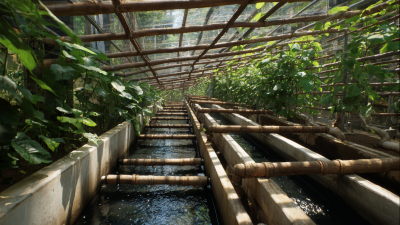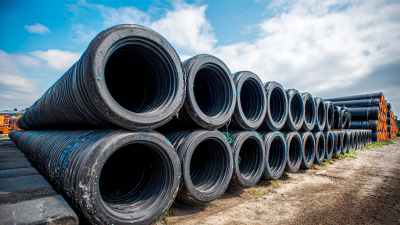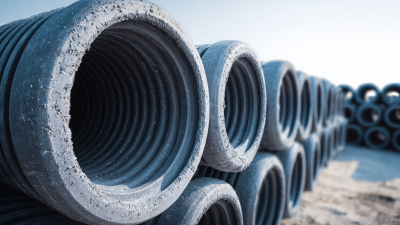When embarking on a construction or landscaping project, the importance of selecting the right materials cannot be overstated, and this is particularly true for woven geotextile fabric. According to a report from Research and Markets, the global geotextiles market is projected to reach $11.86 billion by 2026, driven by the increasing demand for efficient soil stabilization and erosion control solutions.
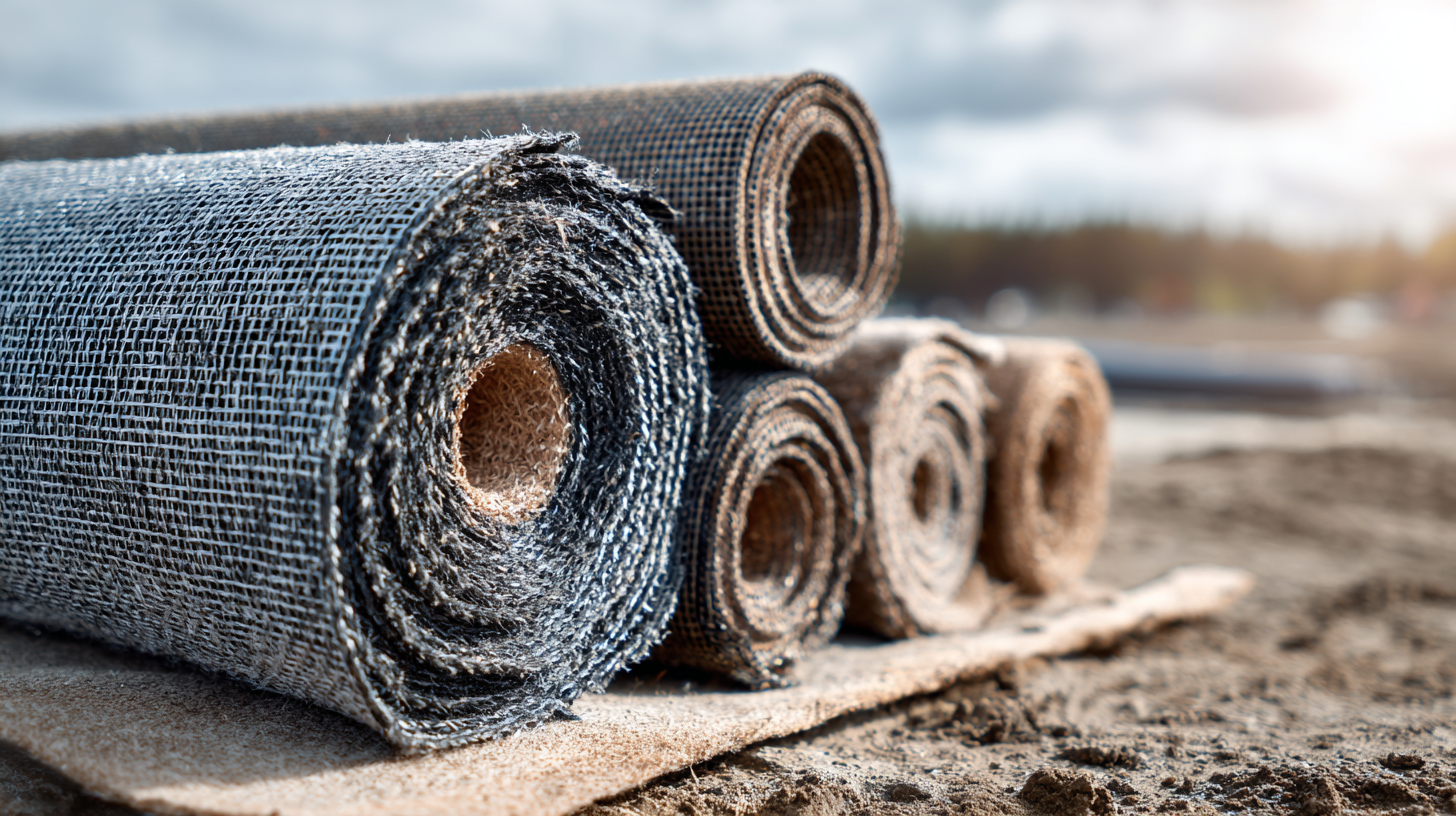 Woven geotextile fabric, known for its durability and versatility, plays a pivotal role in various applications such as road construction, drainage, and environmental protection. As the industry continues to grow, understanding the different types of woven geotextile fabrics, their properties, and suitable applications becomes essential for project success.
This ultimate guide aims to equip you with valuable insights and tips for choosing the right woven geotextile fabric for your next project, ensuring optimal performance and longevity.
Woven geotextile fabric, known for its durability and versatility, plays a pivotal role in various applications such as road construction, drainage, and environmental protection. As the industry continues to grow, understanding the different types of woven geotextile fabrics, their properties, and suitable applications becomes essential for project success.
This ultimate guide aims to equip you with valuable insights and tips for choosing the right woven geotextile fabric for your next project, ensuring optimal performance and longevity.
Woven geotextile fabrics play a crucial role in various engineering and construction projects. These textiles are manufactured by weaving together synthetic fibers, creating a strong, durable material that can withstand significant loads. Their applications range from erosion control and soil separation to filtration in drainage systems. Understanding the specific properties of woven geotextiles is essential for selecting the right fabric for your project requirements and environmental conditions.
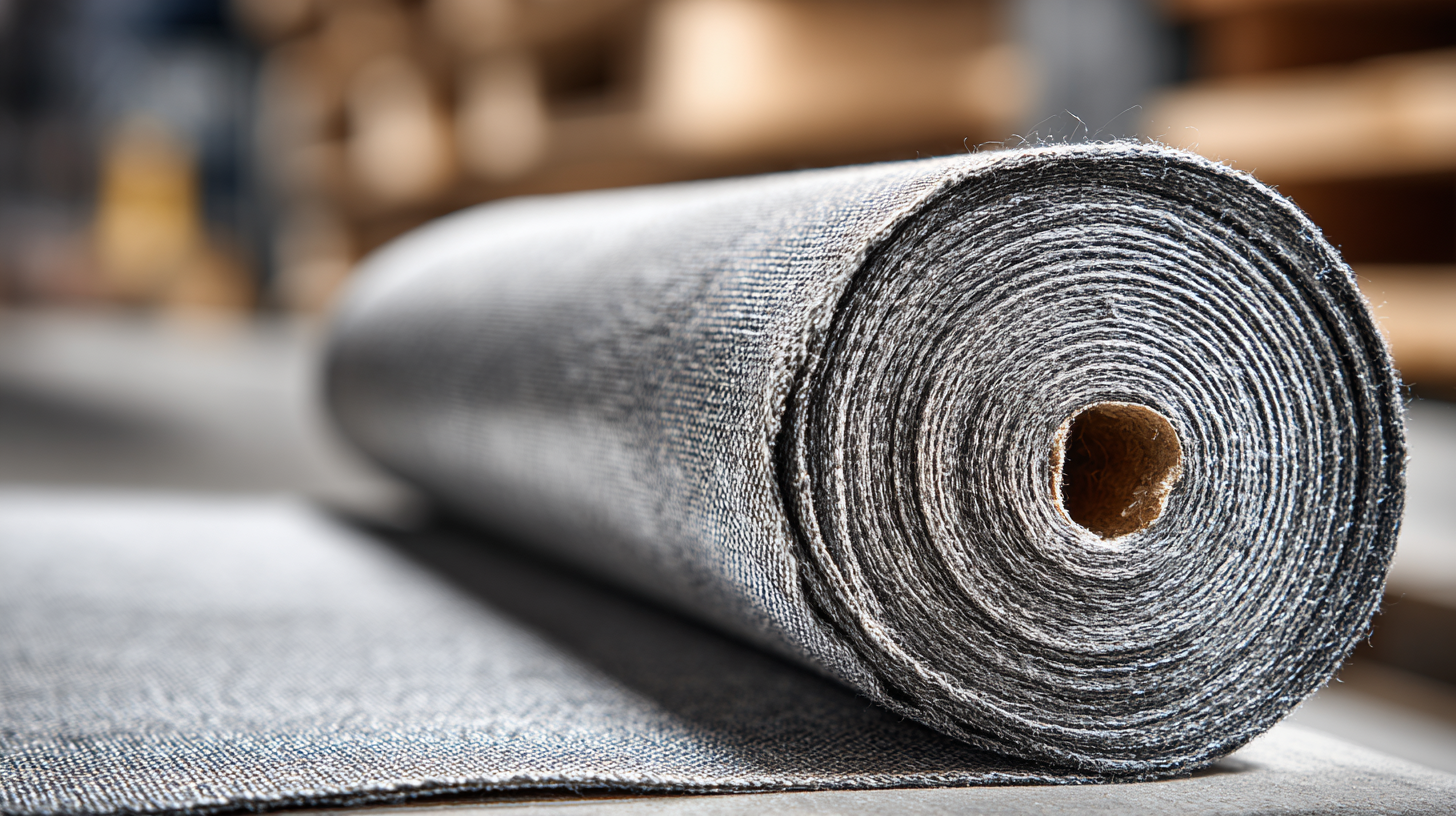
When choosing a woven geotextile, consider the specific needs of your application. For instance, if you're working in a high-water flow area, look for fabrics with superior filtration capabilities that allow water to pass while preventing soil migration. Additionally, evaluate the strength and elongation properties to ensure the material can handle the intended loads without failure.
Tip: Always consult with a knowledgeable supplier to ensure that the woven geotextile you select meets the necessary industry standards and is appropriate for the unique challenges of your project. Furthermore, taking the time to review case studies or technical data sheets can provide valuable insights into how different fabrics have performed in similar applications.
When selecting woven geotextile fabric for your project, several critical factors should guide your decision-making process. First and foremost, understanding the specific application of the fabric is essential. Different projects, whether for erosion control, stabilization, or drainage, will require different properties from the geotextile. Assess the environmental conditions and the nature of the materials involved to ensure compatibility with your chosen fabric.
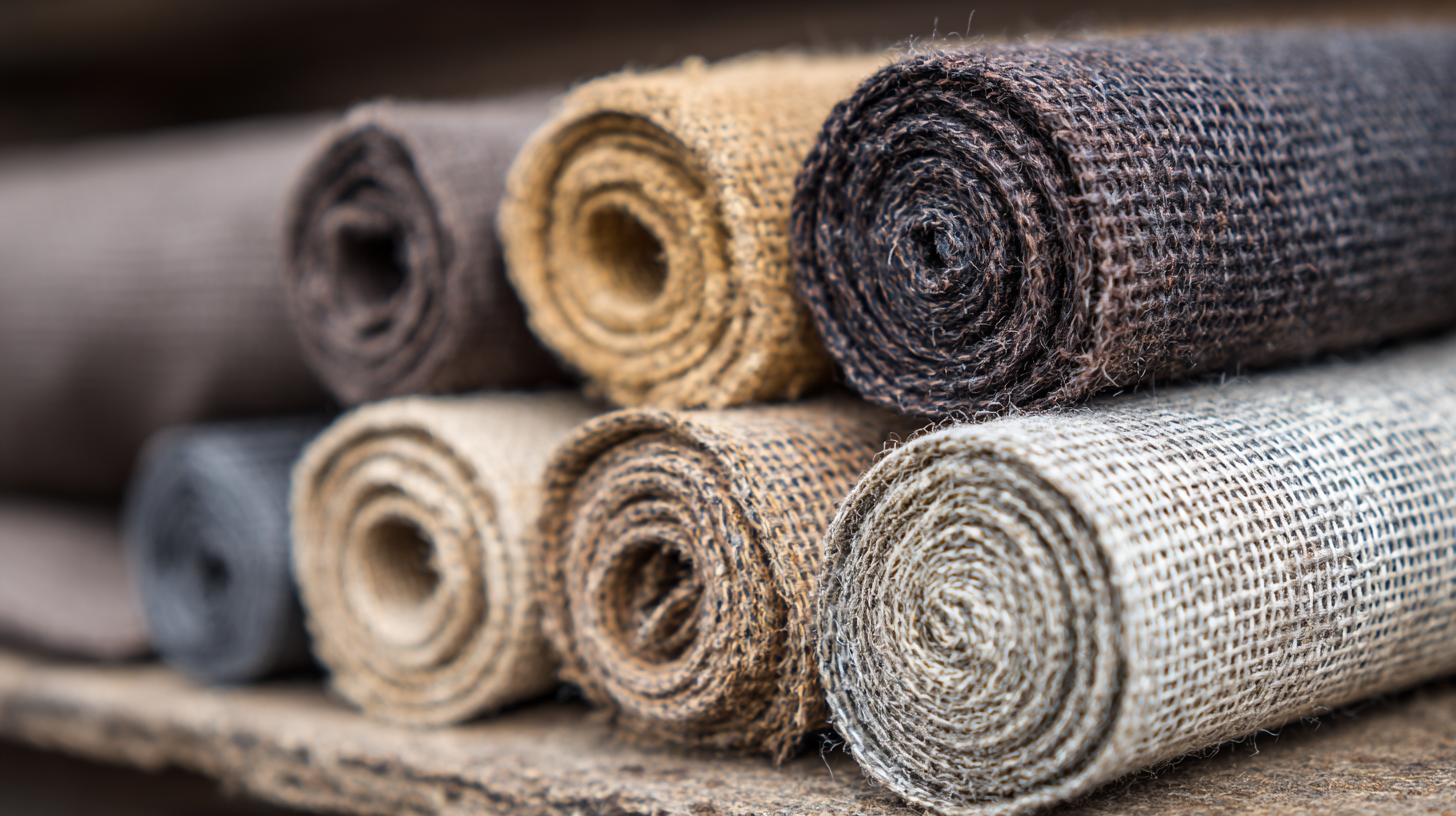
Another key consideration is the fabric's strength and durability. Woven geotextiles come in various tensile strengths and are designed to withstand different levels of mechanical stress. Evaluating the load requirements for your project will help you select a fabric that can effectively support the intended application. Additionally, consider the permeability of the fabric; it's crucial for drainage applications to have a product that allows water to flow through while retaining soil particles. By examining these factors meticulously, you can choose the right woven geotextile fabric to enhance the longevity and performance of your project.
When embarking on a project that requires the use of
woven geotextiles, understanding the comparative advantages and disadvantages of different types is crucial.
Woven geotextiles are engineered fabrics that provide
structural stability, filtration, and separation in various applications like road construction, erosion control, and landscaping.
Broadly speaking, they can be classified into two main types:
monofilament and multifilament woven geotextiles.
Monofilament woven geotextiles are created from single, continuous filaments,
making them ideal for situations that require high water flow rates and excellent filtration. Their unique construction offers enhanced durability and resistance to bio-degradation,
often making them the preferred choice for applications in environments exposed to moisture or organic decay.
On the other hand, multifilament woven geotextiles comprise multiple filaments woven together,
providing greater flexibility and strength. This type tends to excel in load-bearing applications while offering effective
soil stabilization and erosion control.
The choice between monofilament and
multifilament woven geotextiles essentially hinges on the specific demands of your project.
Consider factors such as soil type, expected loads, and environmental conditions to determine which type will deliver optimal performance and longevity.
By conducting a thorough comparative analysis of these options, you can ensure that your project benefits from the most suitable woven geotextile fabric.
Proper installation of woven geotextile fabric is crucial for achieving optimal performance in various applications, including erosion control, drainage, and ground stabilization. According to the Geosynthetic Institute, improper installation can reduce the effectiveness of these materials by up to 50%. To ensure maximum performance, it's essential to follow industry best practices during installation.
Firstly, the site preparation must be meticulous. Clearing the area of debris and ensuring a smooth, uniform surface minimizes the chances of punctures or tears during installation. The American Society of Civil Engineers (ASCE) emphasizes that a properly prepared subgrade enhances the longevity of geotextiles. Additionally, when placing the geotextile, a minimum overlap of 12 inches between rolls is recommended to prevent soil migration.
After installation, ensuring that the woven geotextile is adequately covered with soil or aggregate is vital. This protects the fabric from UV degradation and mechanical damage. Studies from the International Society of Soil Mechanics indicate that buried geotextiles maintain structural integrity for over 25 years when installed correctly. By adhering to these installation guidelines, project managers can significantly enhance the performance and lifespan of woven geotextile fabrics in their projects.
Selecting the right woven geotextile fabric for your project can significantly impact its success, yet there are common pitfalls that many make in the process. One of the most frequent mistakes is overlooking the specific project requirements, such as soil type and drainage needs. Each geotextile material is designed for particular conditions; thus, misjudging the environmental factors can lead to inadequate performance, such as premature deterioration or failure to provide the intended separation and filtration.
Another common misstep is failing to consider the long-term durability of the woven geotextile. Some may be tempted to select cheaper options without evaluating their resistance to UV light, chemical exposure, and varying temperatures. Choosing materials based solely on initial cost rather than performance longevity can result in costly replacements or repairs down the line. It's crucial to conduct thorough research and seek expert advice to identify the right material that balances both quality and budget for your specific application.


